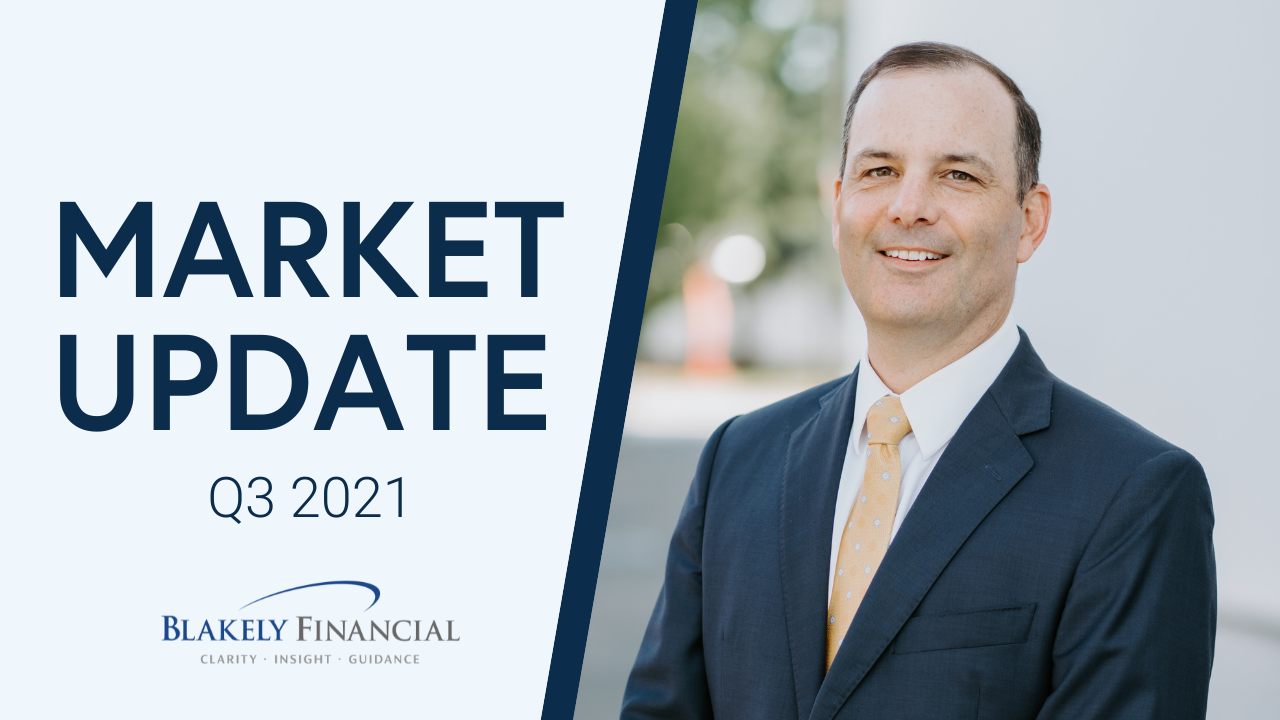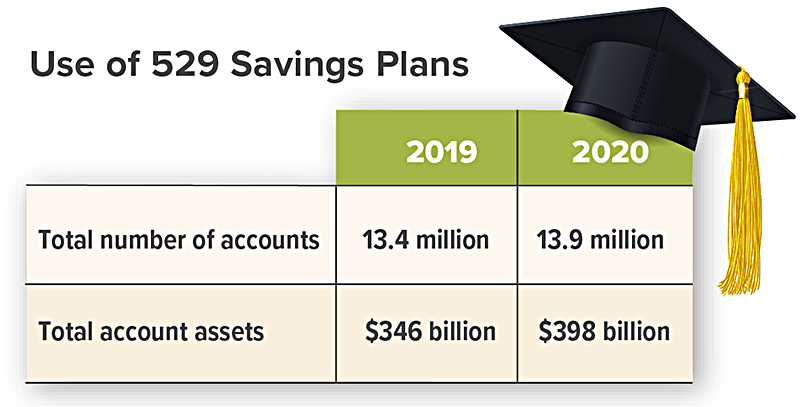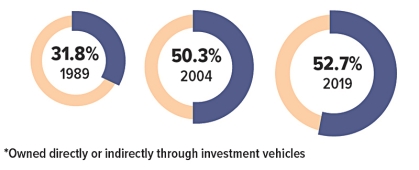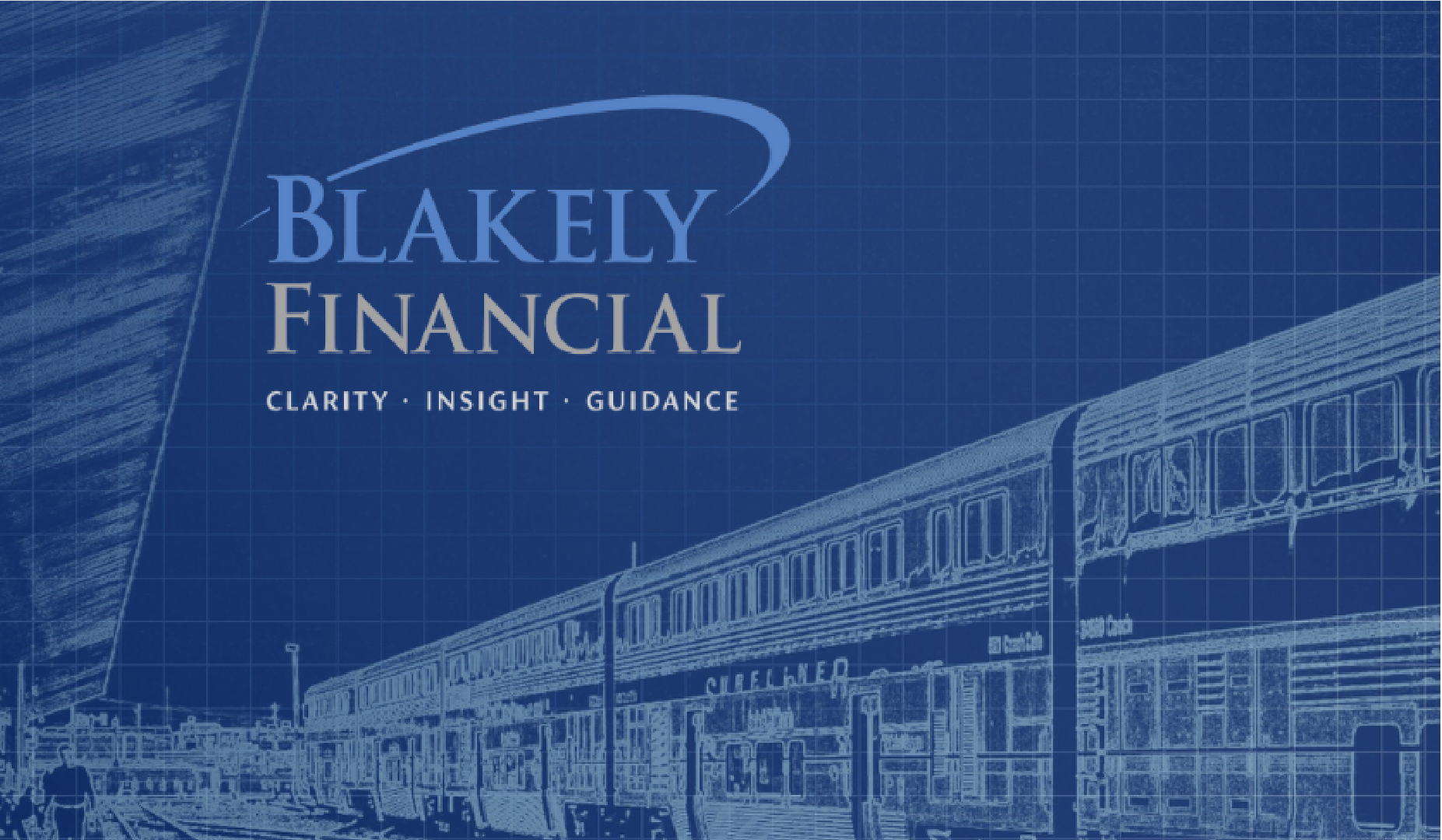Presented by The Blakely Financial Team
On March 31, 2021, President Biden introduced the American Jobs Plan, a proposal designed to improve the country’s aging infrastructure. In total, the plan will invest more than $2 trillion over the next decade. The specific provisions of the proposal will likely change prior to making its way to Congress and will face steep opposition from Republican lawmakers. While it’s unclear if the plan will pass or in what form, the following is a high-level summary of what we know so far, based on the White House Fact Sheet.
Major Components
Infrastructure and transportation. A total of $650 billion will be invested into infrastructure at home. This will include clean drinking water, high-speed broadband internet, electrical infrastructure, affordable housing, public schools, learning centers, and community colleges. It will also be put toward modernizing Veterans Affairs hospitals. In addition, the plan will put $621 billion into transportation infrastructure with the goal of repairing bridges and roads; modernizing public transit; improving rail service, ports, waterways, and airports; and increasing use of electric vehicles.
American manufacturing. Biden also plans to invest a total of $580 billion in American manufacturing and small business, research and development, and workforce development.
Health care. A total of $400 billion will be put toward expanding access to quality, affordable care for the elderly and people with disabilities, with the goal of also creating new jobs and increasing pay, benefits, and opportunities for caregivers.
Corporate tax rate. The corporate tax rate will be increased from 21 percent to 28 percent.
Global minimum tax. The global minimum tax for U.S. multinational corporations will be increased from 10.5 percent to 21 percent.
Large corporations. The plan proposes a 15 percent minimum tax on the income large corporations use to report profits to investors.
The IRS. Funding to the IRS will be increased to help ramp up its enforcement of tax policies (i.e., audits) with corporations.
Big-Picture Tax Proposals
While the American Jobs Plan proposes several tax changes specifically targeting corporations, Biden also discussed other tax changes during his campaign that would more directly affect individuals. These changes, which the administration may seek to implement in future legislation, could include the following:
- Implement payroll taxes on wages greater than $400,000 (Taxpayers would not be subject to the tax between the social security wage cap [currently $142,800] and $400,000.)
- Increase the long-term capital gains rate to 39.6 percent for taxpayers earning more than $1 million
- Raise the top marginal income tax rate from 37 percent to 39.6 percent
- Tax unrealized gains for individuals whose income exceeds a specified threshold
- Eliminate the step up in basis rules applicable to inherited assets
- Reduce the exclusion amount for federal estate and gift taxes (currently $11.7 million per individual)
- Increase the child tax credit and expand eligibility for child and dependent care tax credit
- Substitute a tax credit for tax deduction for retirement plan contributions
- Provide tax relief for student debt (There are multiple proposals for how this may be implemented.)
- Eliminate the qualified business income tax deduction for pass-through business owners
- Eliminate 1031 exchanges for certain taxpayers whose income exceeds a specified threshold
Please note: These are informal proposals and are likely to change if incorporated into a bill. If they become law, you will be affected only if the rulings are specific to your financial situation. As always, we will continue to monitor the situation and will be there to help you navigate any future changes.
This material has been provided for general informational purposes only and does not constitute either tax or legal advice. Although we go to great lengths to make sure our information is accurate and useful, we recommend you consult a tax preparer, professional tax advisor, or lawyer.
###
Blakely Financial, Inc. is located at 1022 Hutton Lane Suite 109 High Point, NC 27262 and can be reached at 336.885.2530. Securities and Advisory Services offered through Commonwealth Financial Network, Member FINRA/SIPC, a Registered Investment Adviser. Fixed insurance products and services offered through CES Insurance Agency or Blakely Financial, Inc.
© 2021 Commonwealth Financial Network®















